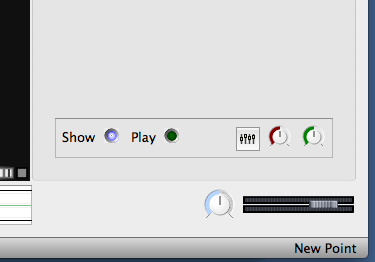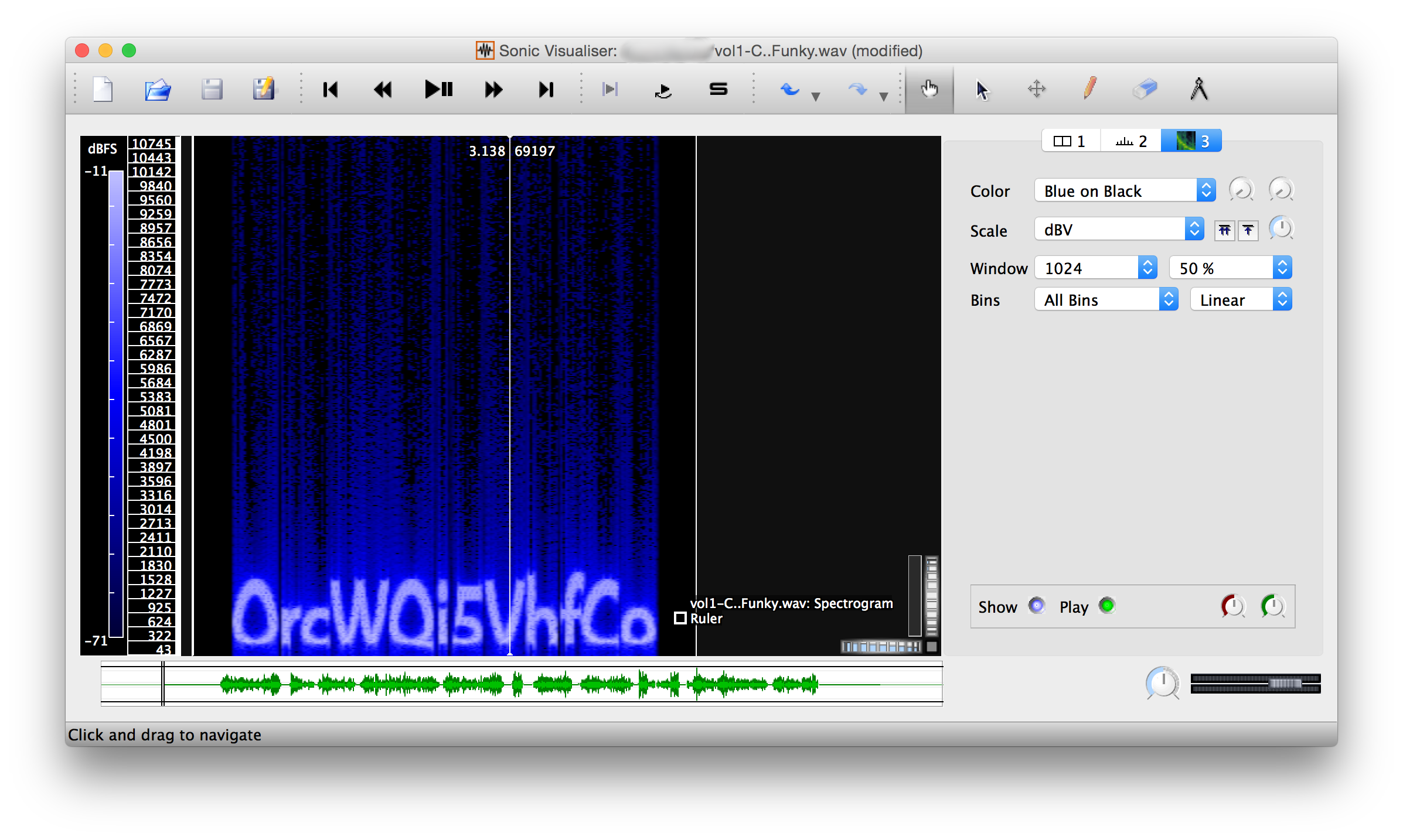

- #Sonic visualiser export video software
- #Sonic visualiser export video license
- #Sonic visualiser export video plus
- #Sonic visualiser export video series
With this audio editing software, you can play, record, export, and import MP3, AIFF. Export audio regions and annotation layers to external files. Audio editing applications such as Sonic Visualiser (Cannam et al. More than 30 alternatives to choose: WhiteCap, ArKaos Visualizer. Time-stretch playback, slowing it down to as little as 10% of the original speed while retaining a synchronised display. Select areas of interest, optionally snapping to nearby feature locations, and audition individual and comparative selections in seamless loops.
#Sonic visualiser export video plus
Play back the audio plus synthesised annotations, taking care to synchronise playback with display. Import note data from MIDI files, view it alongside other frequency scales, and play it with the original audio. Import annotation layers from various text file formats. Run feature-extraction plugins to calculate annotations automatically, using algorithms such as beat trackers, pitch detectors and so on. View the same data at multiple time resolutions simultaneously (for close-up and overview).

Overlay annotations on top of one another with aligned scales, and overlay annotations on top of waveform or spectrogram views. The reason I mention Audacity is because of this video by Dusty Porter. Annotate audio data by adding labelled time points and defining segments, point values and curves. Ben has referred to Sonic Visualizer in his forum post, which is an excellent. Look at audio visualisations such as spectrogram views, with interactive adjustment of display parameters. Load audio files in WAV, Ogg and MP3 formats, and view their waveforms. Name it something.csv and you'll get comma-separated values, while any other extension will get tab-separated (this is the 'text' format). Name it something.n3 or something.ttl, and Sonic Visualiser will export RDF/Turtle. Some chap who made a nice Youtube video about SV complained that he hated the green waveform colour in the overview. Load audio files in WAV, Ogg and MP3 formats, and view their waveforms. It was developed at the Centre for Digital Music at Queen Mary, University of London.
#Sonic visualiser export video license
A little 'F1' and 'video export' in search can go a long way. Sonic Visualiser is Free Software, distributed under the GNU General Public License (v2 or later) and available for Linux, OS/X, and Windows. When exported, the resulting file is empty. It is not possible to export to CSV a layer generated by Mazurka's PowerCurve plugin, nor to copy it to clipboard. We hope Sonic Visualiser will be of particular interest to musicologists, archivists, signal-processing researchers and anyone else looking for a friendly way to take a look at what lies inside the audio file. That is, if you name your export file something.xml or something.svl, Sonic Visualiser will export XML to it. With video player, you cant export the video, with zGameEditor visualiser, its in the zGameEditor panel, there is an export option. Using Sonic Visualiser 4.3 on Windows, tested with 64- and 32-bit versions.

#Sonic visualiser export video software
Sonic Visualiser is a handy software that's been designed to view / analyze the contents of audio files.Īs well as a number of features designed to make exploring audio data as revealing and fun as possible, Sonic Visualiser also has powerful annotation capabilities to help you to describe what you find, and the ability to run automated annotation and analysis plugins in the new Vamp analysis plugin format. The project was done in Flash which is basically a dead technology, otherwise I could still share it (it was interactive so cant be just exported to video.Sonic Visualiser is the program you need when you find a musical recording you want to study rather than simply hear. Most visual processing algorithms are very similar to audio processing algorithms, they are just done in 2D (x/y) instead of 1D for audio (time). Saturation looks like a color curve adjustment. A high pass filter translated to visual looks like an edge detection (that is how edge detection actually works). For example, a reverb translated to visual domain looks like a smear/blur. The visual and auditory results were surprising and weird for people unfamiliar with how the stuff works.
#Sonic visualiser export video series
The idea was to show that everything in a computer is just a series of numbers, and the meaning of those numbers comes from the context, as do the available transformations. I then did it the other way - took image data, brought into a DAW as waveform data, then did audio transformations (reverb, filtering, etc), and then brought it back to the visual domain. In college I did a digital media project in which I took raw digital audio data, wrote it into raw image data, then did various visual transformations (rotating, blurring, smearing, color changes, etc) and then reversed the process to get it back to audio.


 0 kommentar(er)
0 kommentar(er)
